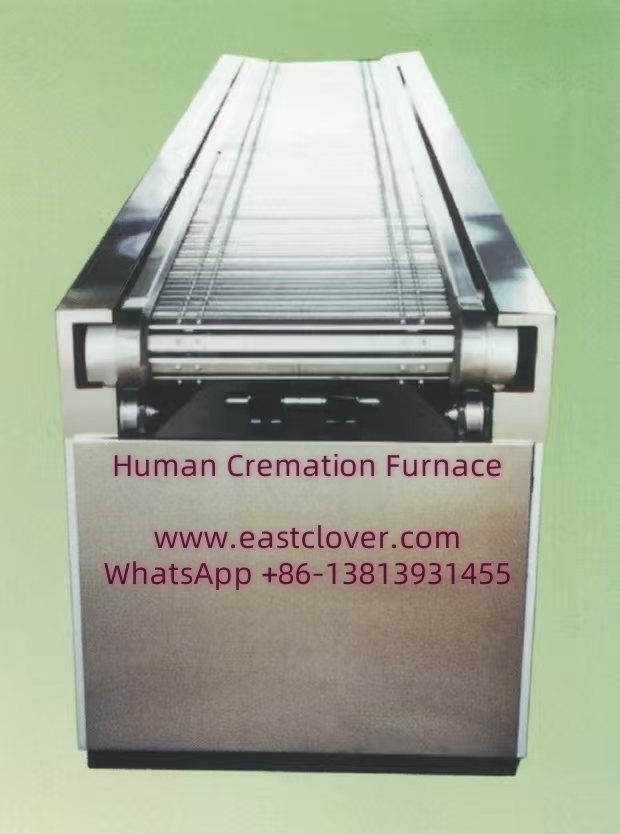High-Efficiency Pet Cremation Furnace in Nigeria: Technical and Environmental Focus
As pet ownership continues to rise in Nigeria, the need for ethical and eco-friendly end-of-life solutions for companion animals has grown significantly. High-efficiency pet cremation furnaces are emerging as a sustainable alternative to traditional burial methods, addressing both technical performance and environmental concerns. This news explores the design, functionality, and ecological benefits of modern pet cremation systems in Nigeria, along with their role in promoting responsible pet care practices.
Technical Features of High-Efficiency Pet Cremation Furnaces
Modern pet cremation systems in Nigeria incorporate advanced engineering to optimize energy use, reduce emissions, and ensure operational reliability. Key technical aspects include:
- Dual-Chamber Combustion: Secondary chambers ensure complete combustion of organic matter, minimizing harmful byproducts like particulate matter and carbon monoxide.
- Automated Temperature Controls: Precision sensors regulate temperatures between 800°C–1,100°C, improving fuel efficiency and reducing waste.
- Alternative Fuel Compatibility: Furnaces are designed to operate on liquefied petroleum gas (LPG), natural gas, or electricity, catering to Nigeria’s diverse energy infrastructure.
- Emission Scrubbing Systems: Integrated filters and catalytic converters neutralize acidic gases and capture particulate emissions before release.
- Heat Recovery Mechanisms: Excess thermal energy is repurposed to preheat incoming air or power auxiliary systems, cutting energy consumption by up to 30%.
Environmental and Regulatory Considerations
Nigeria’s growing urbanization and environmental degradation make sustainable pet cremation practices crucial. High-efficiency furnaces address these challenges through:
- Reduced Carbon Footprint: Optimized combustion processes lower CO₂ emissions by 40–60% compared to older models, aligning with global climate goals.
- Compliance with NESREA Standards: Adherence to National Environmental Standards and Regulations Enforcement Agency guidelines ensures safe air quality and waste management.
- Pathogen Elimination: High-temperature incineration destroys bacteria and viruses, preventing groundwater contamination from traditional burials.
- Ash Management: Non-toxic residual ashes can be safely returned to pet owners or repurposed for memorialization, reducing landfill burden.
www.southclover.com
High-efficiency pet cremation furnaces represent a critical advancement in Nigeria’s pet care ecosystem, balancing technological innovation with ecological responsibility. By lowering emissions, conserving energy, and complying with modern regulatory frameworks, these systems support sustainable urbanization while honoring the emotional bonds between pets and their owners. As public awareness grows, adoption of such technologies will likely accelerate, positioning Nigeria as a regional leader in humane and environmentally conscious pet aftercare solutions.
FAQs
- What distinguishes high-efficiency pet cremation furnaces from traditional models?
- They feature multi-stage combustion, automated controls, and emission-reduction technologies to minimize environmental impact and operating costs.
- Are pet cremation ashes safe for the environment?
- Yes. Properly processed ashes are sterile and non-toxic, posing no risk to soil or water systems.
- How do these systems address Nigeria’s intermittent power supply?
- Fuel flexibility allows operation on LPG or natural gas during power outages, ensuring uninterrupted service.
- What regulatory approvals are required for operating pet crematories in Nigeria?
- Facilities must obtain permits from NESREA and local authorities, ensuring compliance with air quality and waste disposal regulations.
- Can these furnaces handle large animals?
- Scalable designs accommodate pets of all sizes, from small rodents to large dogs, with chamber capacities up to 300 kg.

Comments are closed